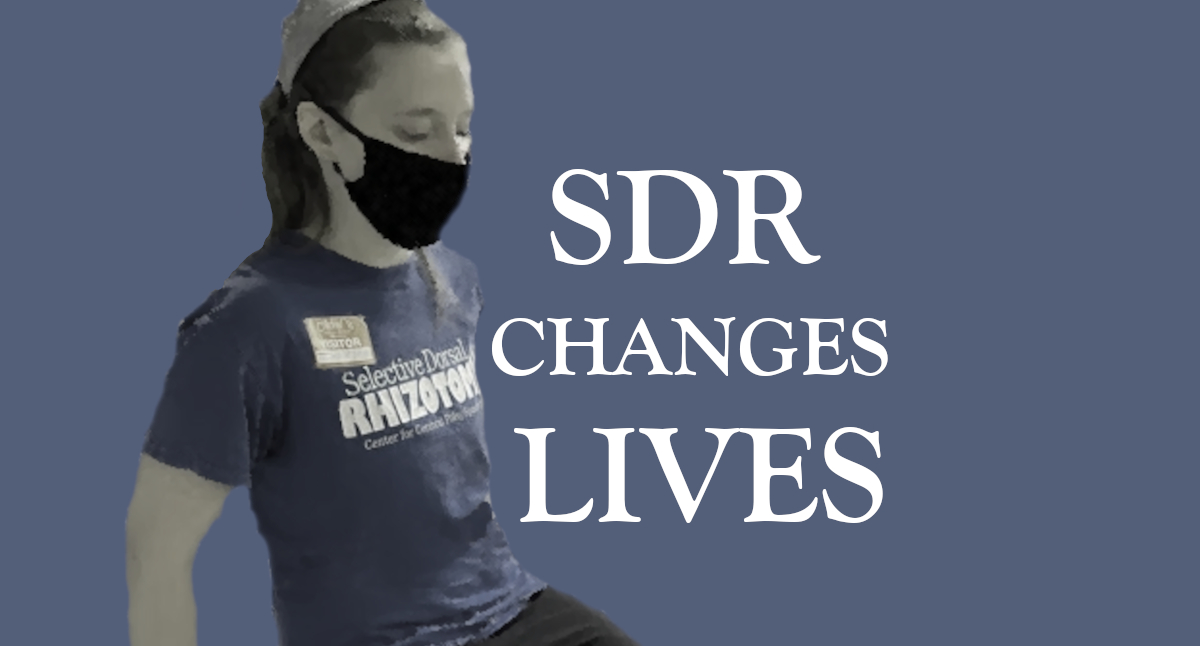research
SDR
Long-Term Results and Safety
- Functional Outcomes of Childhood Selective Dorsal Rhizotomy 20 to 28 Years Later (2017; TS Park, Jenny L. Liu, Caleb Edwards, Deanna M. Walter, Matthew B. Dobbs)
- Beneficial Effects of Childhood Selective Dorsal Rhizotomy in Adulthood (2017; TS Park, Caleb Edwards, Jenny L. Liu, Deanna M. Walter, Matthew B. Dobbs)
General Outcomes/Benefits
- Selective dorsal rhizotomy in ambulant children with cerebral palsy (2019; Jennifer Summers, Bola Coker, Saskia Eddy, Maria Elstad, Catey Bunce, Elli Bourmpaki, et al.) (This study of United Kingdom SDRs was funded by NHS England. Because of its encouraging clinical findings, the NHS made a national policy decision to expand funding for English SDR candidates.)
- Functional outcomes after selective dorsal rhizotomy followed by minimally invasive tendon lengthening procedures in children with spastic cerebral palsy (2020; Noppachart Limpaphayom, Sara Stewart, Lin Wang, Jenny Liu, Tae S. Park, Matthew B. Dobbs) (Full text: https://www.facebook.com/groups/161839724125/files/)
- Evidence Supporting Selective Dorsal Rhizotomy for Treatment of Spastic Cerebral Palsy (2018; TS Park, Matthew B. Dobbs, Junsang Cho)
Adulthood SDR
- Functional Outcome of Adulthood Selective Dorsal Rhizotomy for Spastic Diplegia (2019; TS Park, So Yeon Uhm, Deanna M. Walter, Nicole L. Meyer, Matthew B. Dobbs)
- Clinical Outcomes After Selective Dorsal Rhizotomy in an Adult Population (2011; Matthew R. Reynolds, Wilson Z. Ray, Russell G. Strom, Spiros L. Blackburn, Amy Lee, Tae Sung Park)
SDR for Hemiplegic CP
- Selective Dorsal Rhizotomy for the Treatment of Spastic Hemiplegic Cerebral Palsy (2020; TS Park, Susan Joh, Deanna M. Walter, Nicole M. Meyer, Matthew B. Dobbs)
SDR for Hereditary Spastic Paraplegia (HSP)
- Selective Dorsal Rhizotomy for Treatment of Hereditary Spastic Paraplegia-Associated Spasticity in 37 Patients (2021; TS Park, Susan Joh, Deanna M. Walter, Nicole M. Meyer)
SDR with Baclofen Pump Removal
- Simultaneous Selective Dorsal Rhizotomy and Baclofen Pump Removal Improve Ambulation in Patients with Spastic Cerebral Palsy (2018; TS Park, Brandon A. Miller, Junsang Cho)
Premature Aging in Adults with CP
The study below helps contextualize the importance of managing spasticity. People with spastic CP tend to experience early deterioration of bones, muscles, and joints. SDR can help slow or stop that deterioration.
Adults with cerebral palsy: a workshop to define the challenges of treating and preventing secondary musculoskeletal and neuromuscular complications in this rapidly growing population (2009; Laura L. Tosi, Nancy Maher, D. Winslow Moore, Murray Goldstein, Mindy Laisen)
Botox
Botox may be useful in specific situations (and there is research to illustrate benefits as well!). However, some research suggests that repeated injections can damage muscles (causing weakness and reducing muscle growth). See below:
What are the long‐term consequences of botulinum toxin injections in spastic cerebral palsy? (2011; Rod S. Barrett)
Vibration Plates
- Vibration therapy in patients with cerebral palsy: a systematic review (2018; Ramona Ritzmann, Christina Stark, Anne Krause) (Suggests that vibration plates improve muscle tone, strength, gait, mobility, muscle mass, and bone density in people with CP.)
- Vibration therapy in patients with cerebral palsy: a systematic review (2018; Sean A. Duquette, Anthony M. Guiliano, David J. Starmer) (Suggests that vibration plates reduce spasticity, improve muscle strength, and improve coordination, and they may improve bone density.)
- Effect of whole-body vibration on muscle strength, spasticity, and motor performance in spastic diplegic cerebral palsy children (2014; Marwa M. Ibrahim, Mohamed A. Eid, Samah A. Moawd) (Twelve weeks of vibration plate use appeared to increase strength, decrease spasticity, and improve walking speed and motor development in kids with spastic diplegia.)
